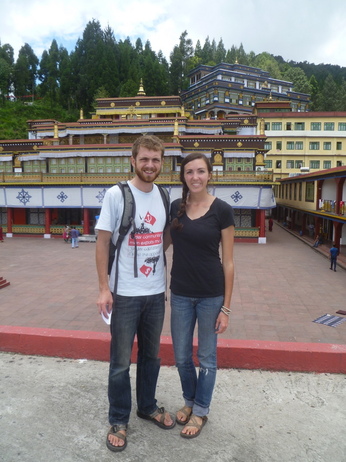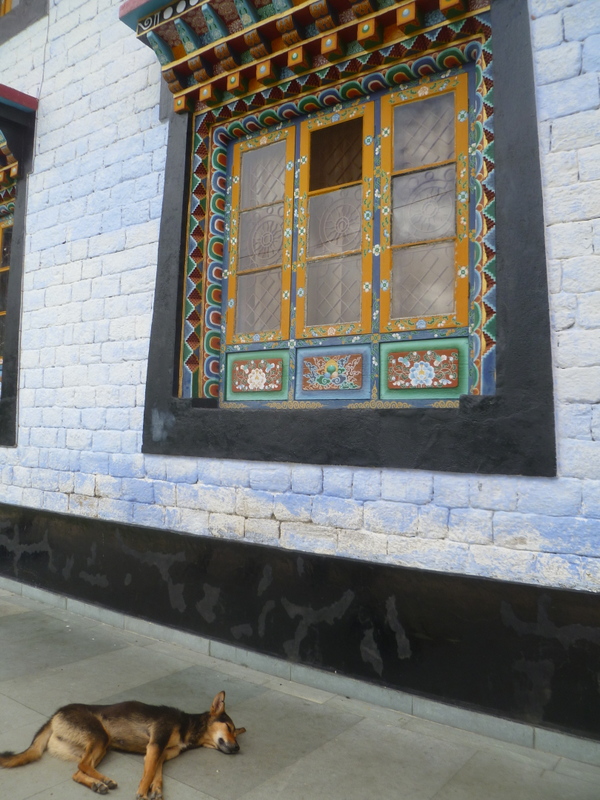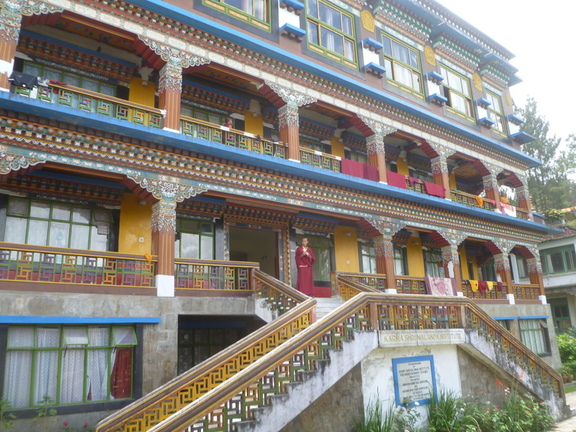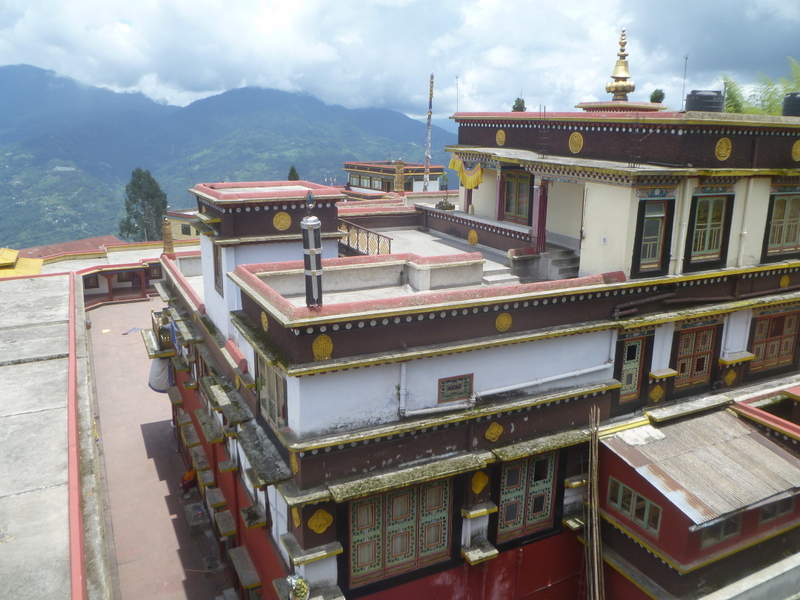You may have noticed that it’s been quiet around here lately. Actually, “stillness” is the opposite of what’s been going on, but what can I write on the blog when life is so eventful and so private and nothing I write is fit to be posted in a short blast online? There are heartbreaking stories and triumphs that aren’t mine to tell, threads of my own story that I’m still trying to untangle. I don’t want to share the bad things, the angering things, the disappointing interactions with you, because you don’t know my neighbors and I’m afraid that through the narrow window of my writing you will come to see them in a distorted way, as in a fun house mirror. You will see the dramatic incident but not the richly textured people who make up the scene, and the complex layers that compose their lives. None of the people I know are heroes or villains or victims or perpetrators, but I don’t trust my ability to be able to construct a narrative that is nuanced enough to keep from casting them in those oversimplified roles, because perhaps I will only be able to relate a single moment in which someone played one role or another.My neighbors are funny and smart and brave and clueless and vulnerable and dangerous, just like all of us—because they are people. And I feel that I can’t capture them in the frame of my essays and stories without doing violence to them in a way, because the focus of my snapshots will necessarily emphasize some details while excluding others, and inevitably these editing and formatting decisions will be mine, and not the decisions of the people themselves. My writing is filtered through the lens of my emotions, experiences, and assumptions. What I am able to present to you is not so much a representation of my neighbors, but a representation of
my experience of my neighbors—which is quite a different thing, and which changes constantly based on my own shifting vantage point and perspective.
After all this time, I am still a foreigner, and my work is that of an interpreter. I interpret dialogues from Hindi into English, but I also translate life here into something that will be understandable and somewhat relatable for Westerners in a Christian culture, with all the assumptions and habits and instincts that have been inculcated into us over centuries of particular historical experience. Arguably, there is always some violence involved in translation; some remaking of the subject in our own image.
I will continue to try. I feel that the task of connecting your world with theirs, and with mine, is important, however imperfectly it is accomplished. But I am achingly aware that I may be your only window into the Muslim world, or India, or the lives of the poor. I am afraid that particular stories or individuals may take on the flavor of stereotypes, or global representatives of the Whole instead of just the people and circumstances that they are. This dangerous possibility burdens me as a writer; as a neighbor and a friend. I am not a voice for the voiceless, because everyone has a voice—they just can’t type in English.
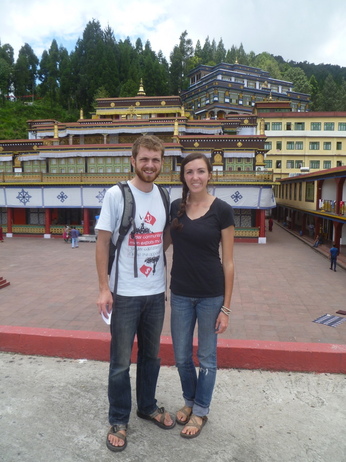
For now, I’ll take time to let the dust of the past few weeks settle, take a break from translation, and just share some photos with you from the time that we spent recently in the mountains of Northern Bengal and Sikkim.
After our stay in Darjeeling, we headed north into the Indian state of Sikkim, a fascinating little peninsula of mountainous terrain sandwiched between Nepal, Bhutan, and Tibet. Sikkim was an independent Buddhist kingdom until 1971 when it was annexed by India, and even today it’s quite distinct from the rest of the country in terms of food, language, culture, and religion–it’s also the only place in India where we’ve seen functioning traffic rules and even enforcement of parking regulations! Sikkim is home to various tribal people, Nepalis, and Tibetan refugees who fled over the mountains after the Chinese invasion of Tibet in 1950. While we were there, we had some great views of the surrounding mountains and got to visit several large Tibetan Buddhist monasteries, like the one on the left.
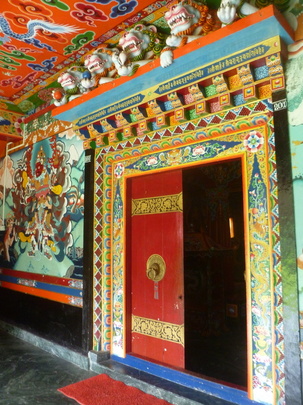
Intricate wood carving and paintings around the entrance to a monastery’s temple.
|
|
|
|
Tibetan prayer wheels: each one is filled with scrolls of paper on which several short “mantras” or prayers are written. Buddhists spin the wheels to release the prayers to heaven. Prayer flags (left) are printed with these same mantras.
|
This is the view from our hotel room in Gangtok, the capital of the Indian state of Sikkim. On a good day, you can see the world’s third highest peak, along with several other snow-capped Himalayas, from this balcony. We had a good day, but our camera was malfunctioning at the time so we weren’t able to capture it!
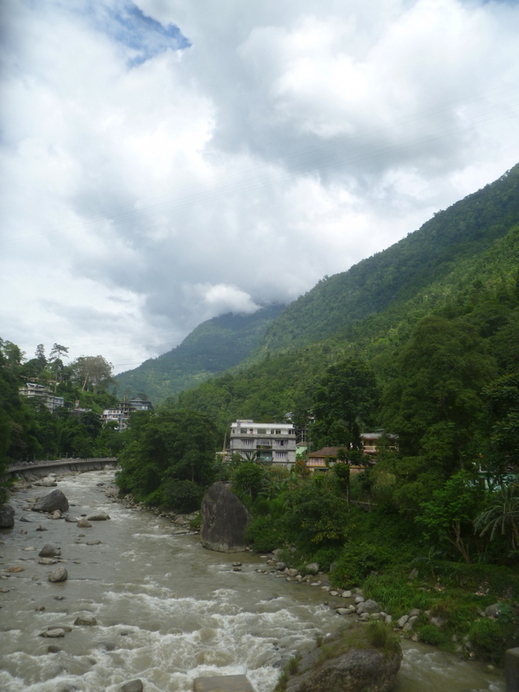 Dramatic scenery in Northern Bengal on our way back to the railway station for the journey home.
Dramatic scenery in Northern Bengal on our way back to the railway station for the journey home.
Source: New feed
 Dramatic scenery in Northern Bengal on our way back to the railway station for the journey home.
Dramatic scenery in Northern Bengal on our way back to the railway station for the journey home.